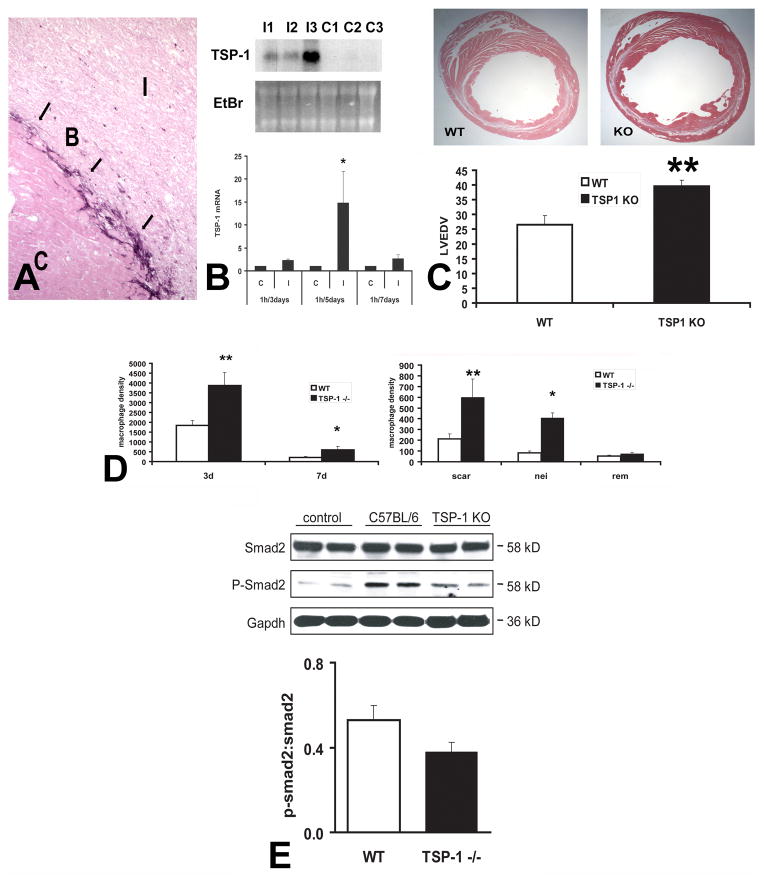Figure 5. The role of TSP-1 in myocardial infarction.
In the infarcted heart selective upregulation of TSP-1 in the infarct border zone may prevent expansion of the inflammatory infiltrate into the non-infarcted area A. Immunohistochemical staining of the infarcted canine heart demonstrates selective incorporation of TSP-1 (arrows) into the matrix of the infarct border zone (B). C, control non-infarcted myocardium; I, infarct B. Northern blotting shows marked TSP-1 upregulation in the infarcted canine myocardium. C. TSP-1 −/− mice exhibited accentuated dilative remodeling following myocardial infarction. D. Adverse remodeling in TSP-1 −/− mice was associated with expansion of the inflammatory infiltrate into the non-infarcted myocardium indicating failure of the protective “barrier” mechanism preventing expansion of the inflammatory infiltrate into the non-infarcted area. E. TSP-1 absence was associated with decreased Smad2 phosphorylation in the infarcted heart, suggesting impaired TGF-β signaling. TSP-1 deposition in the infarct border zone may protect the infarcted myocardium by inhibiting MMP activity, by exerting direct anti-inflammatory actions, by locally activating TGF-β (thus reducing macrophage inflammatory activity) or through inhibition of uncontrolled angiogenesis. The TSP-1 “barrier” may be responsible for containment of the inflammatory and angiogenic response within the infarct, thus preventing expansion of granulation tissue formation in the viable myocardium (Data reproduced with permission from Frangogiannis NG, Ren G, Dewald O, Zymek P, Haudek S, Koerting A, Winkelmann K, Michael LH, Lawler J, Entman ML. Critical role of endogenous thrombospondin-1 in preventing expansion of healing myocardial infarcts Circulation 2005;111:2935–42. Copyright 2005, American Heart Association).

